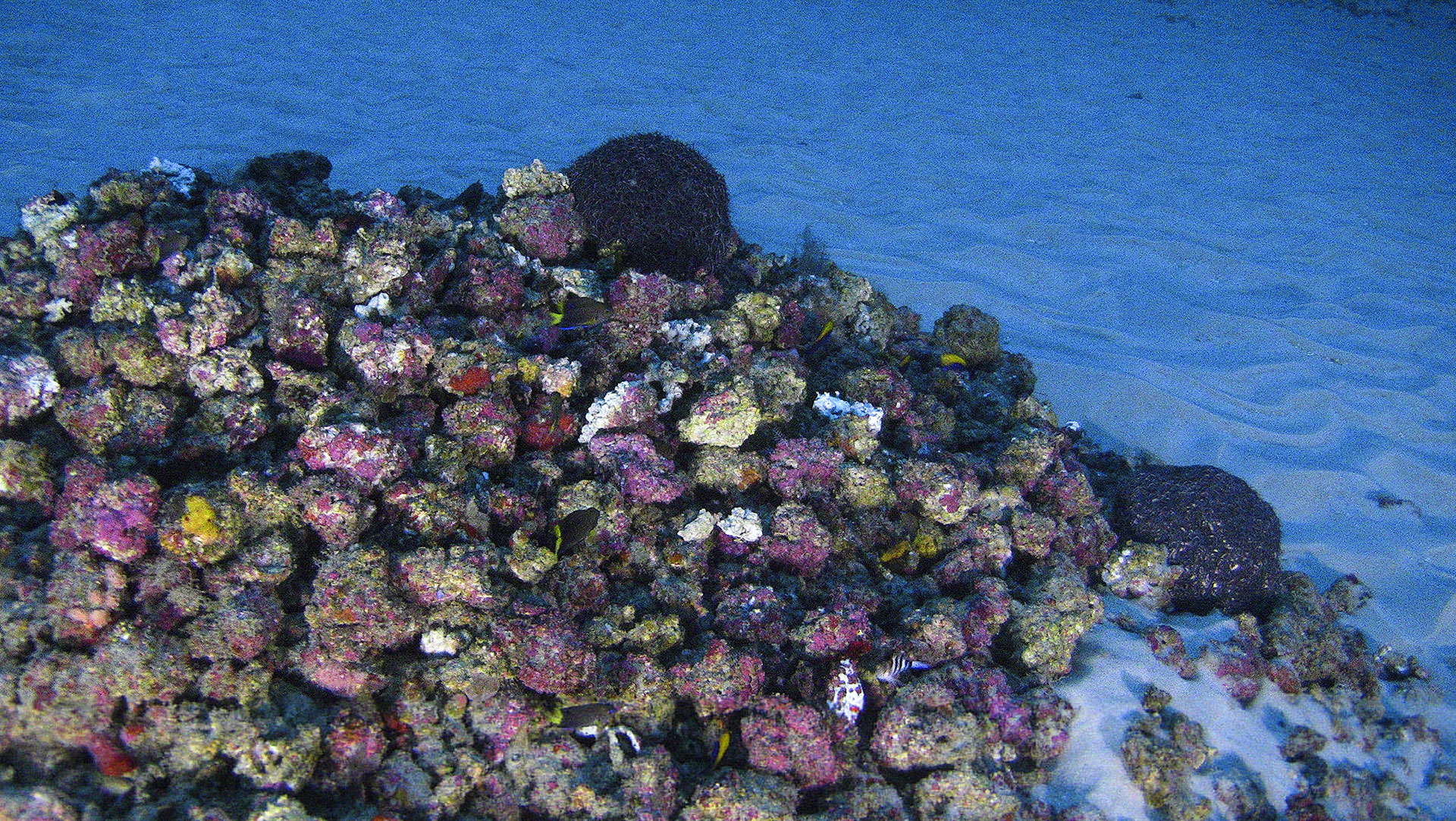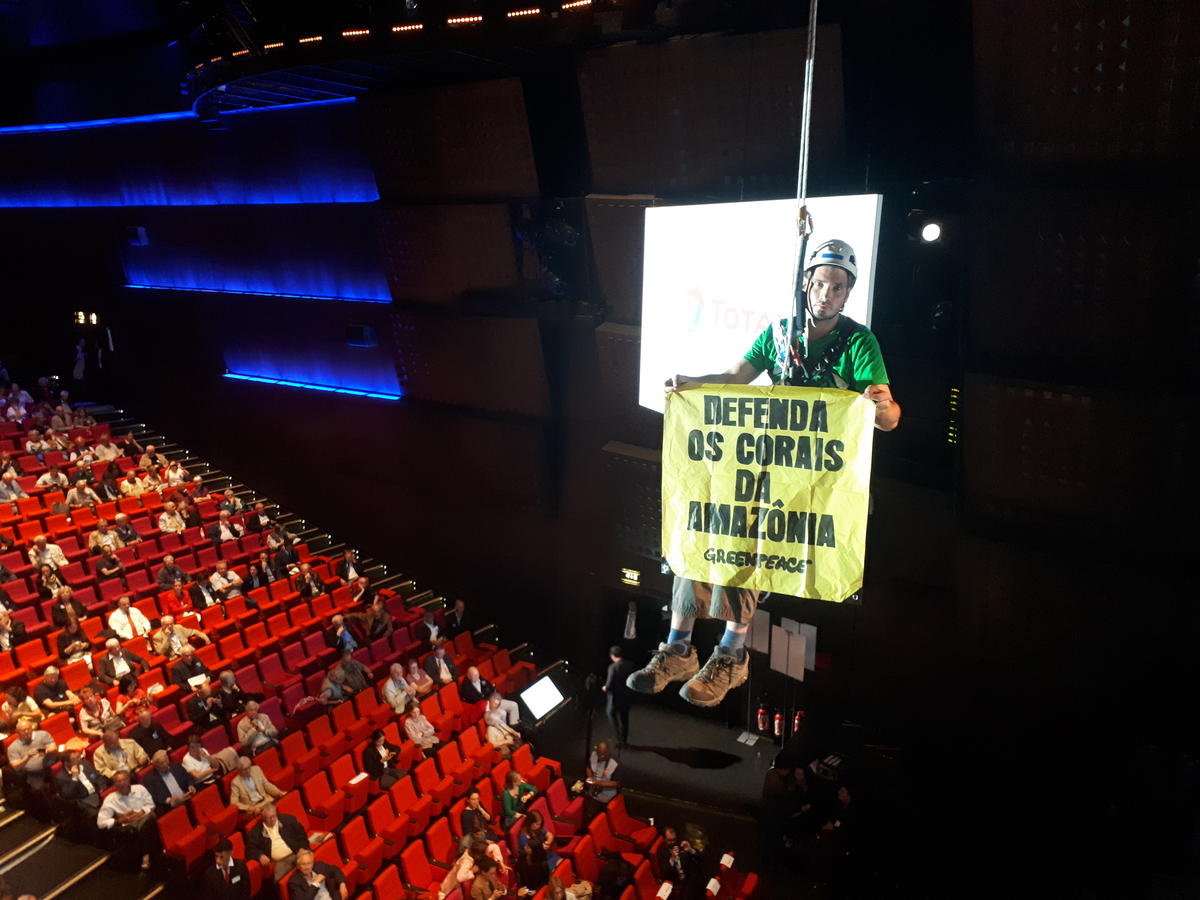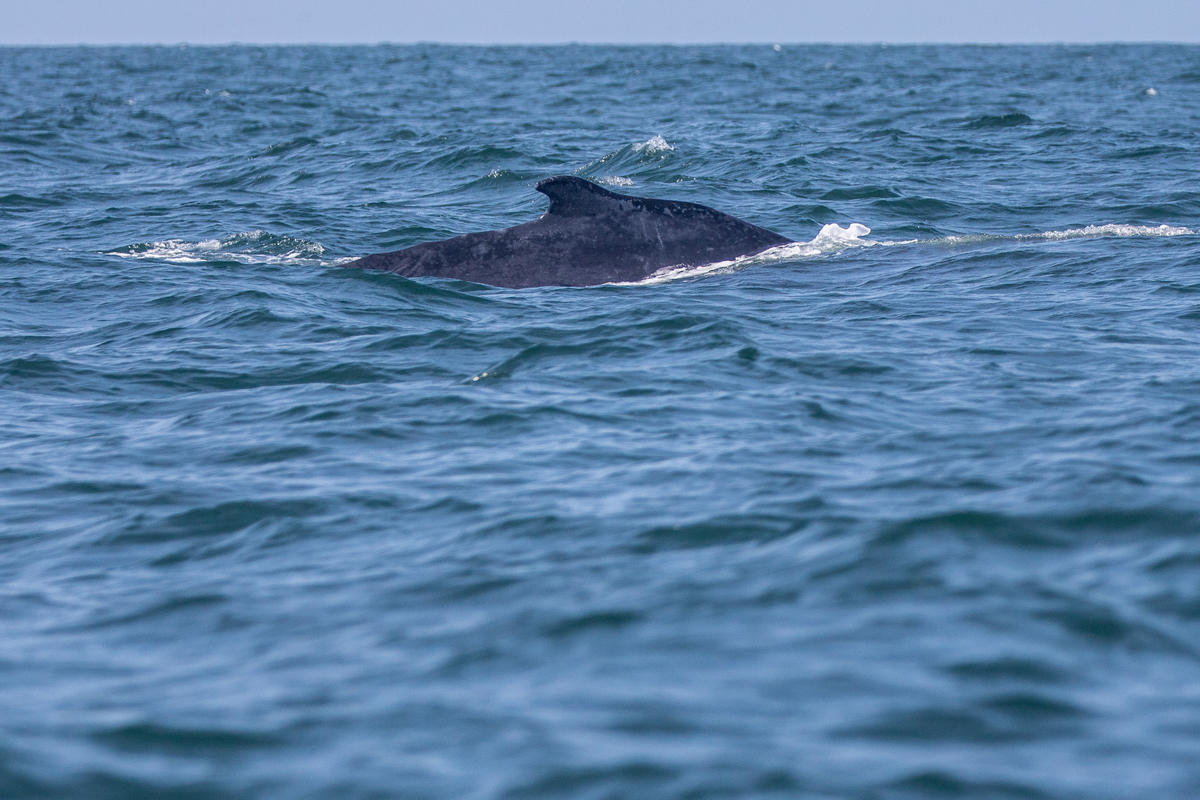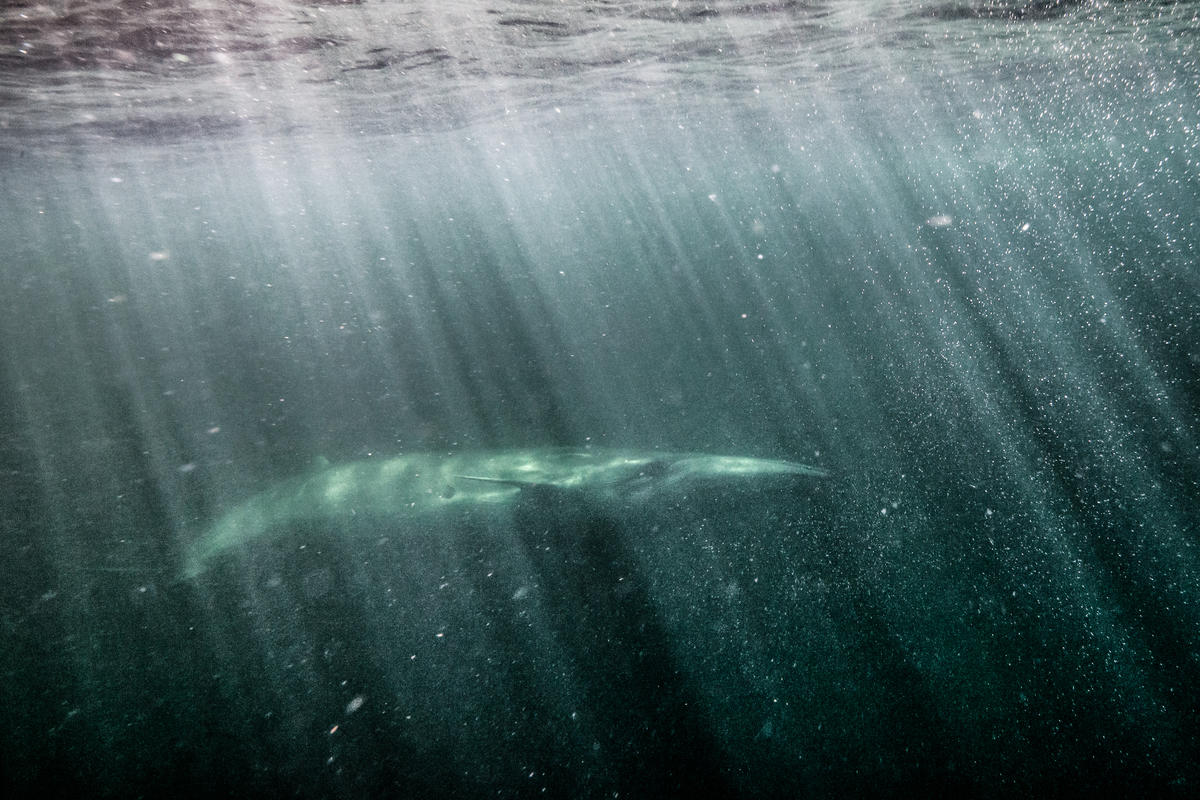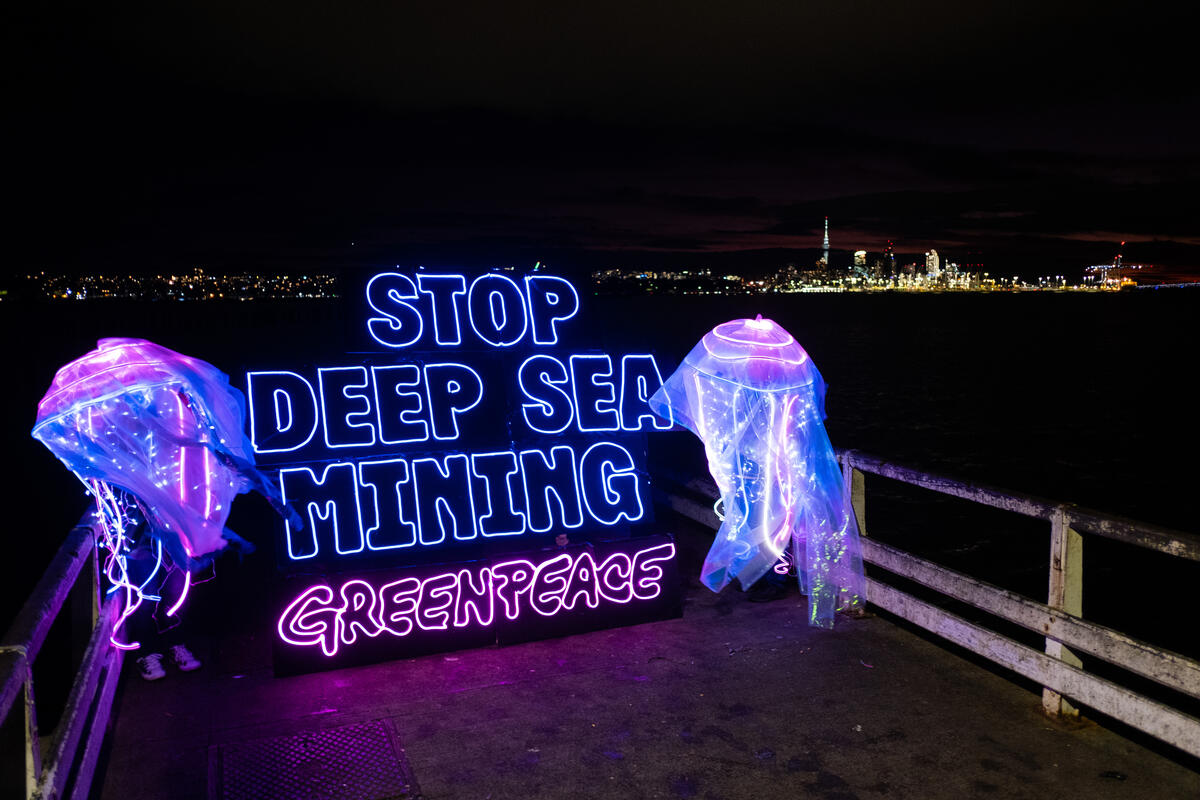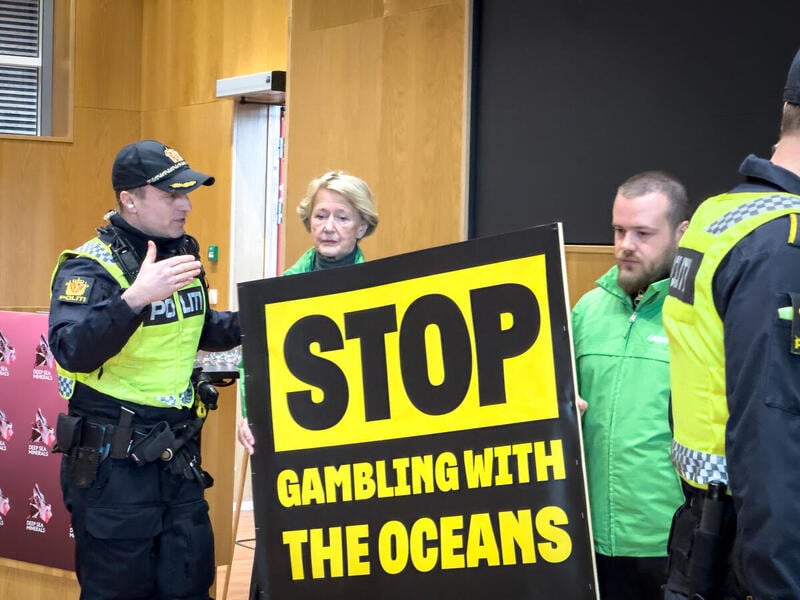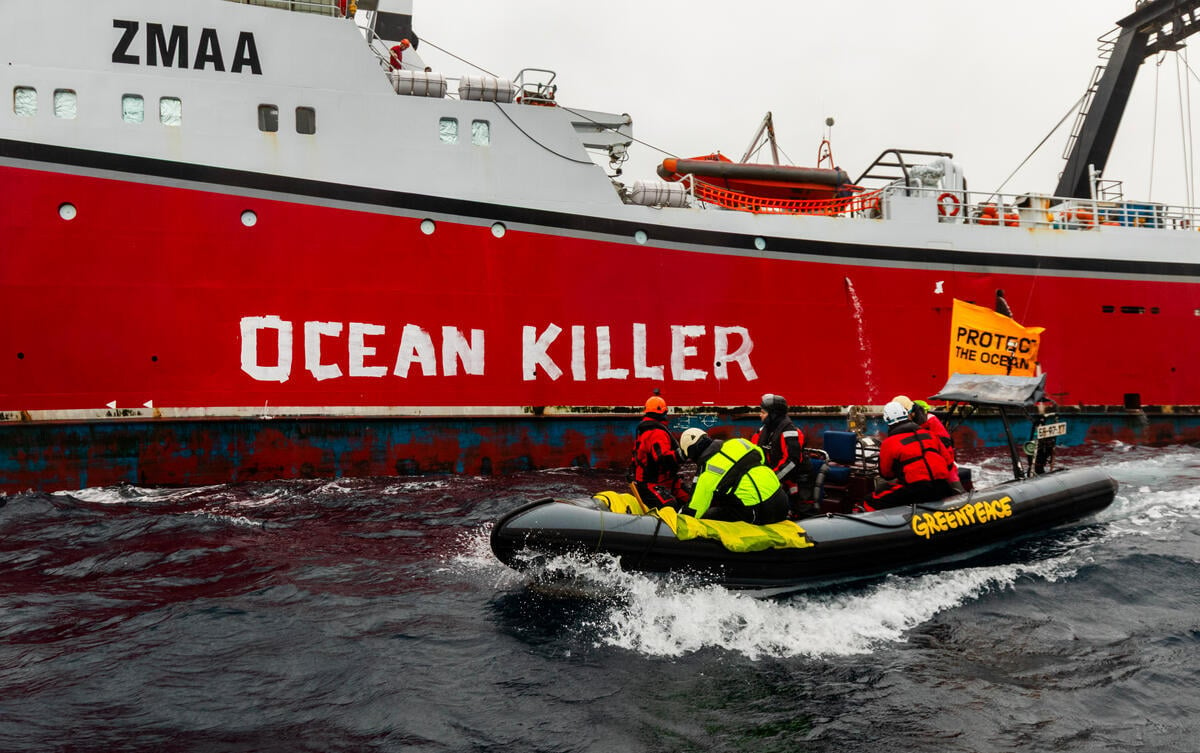When I have an important decision to make, I usually write a list of pros and cons. I know this is not unique, but you’d be surprised at the number of decisions that are made without any consideration of the negatives.
This is, I’m afraid, the case with BP.
The British oil company has been planning to drill for oil in the Amazon Reef region in Brazil since 2013. While at first, they didn’t know about the existence of the amazing and unique reef there, we made sure they could see what was at stake in 2017, when we showed them the first ever underwater images of this amazing ecosystem.
It didn’t convince them.
So, we went back in 2018, and proved that the Amazon Reef was bigger than expected, and that it stretched out of Brazil and reached right into French Guiana.
Even that wasn’t enough.
In December of 2018, IBAMA (the environmental agency in charge of analysing the environmental impact of projects) denied BP’s partner Total the license to drill in the area.
Drilling was stopped for a clear reason: there is no way to protect this precious and diverse region from a potentially devastating oil spill.
This didn’t convince BP either. So here we are, back with more reasons to protect the Amazon Reef region.
For one, we’ve now confirmed and documented for the very first time that this is an area where whales migrate and breed.
For the very first time in French Guiana, we’ve documented the Bryde’s Rorqual (a type of whale) underwater.
It’s not just whales who are at risk. We also observed sailfishes, spotted dolphins, false killer whales, pygmy killer whales, silky sharks, and Melon head dolphins.
It’s clearer now, more than ever before, that BP should stay out of the Amazon Reef.
This region with its incredibly diverse and vulnerable ecosystem needs protection. It must be kept safe from industry if we want healthy oceans.
To keep the Amazon Reef safe we need two things:
- A bold Global Ocean Treaty – a legal instrument to protect the high seas of this amazing region from the reckless plans of the BPs of the world.
- That BP urgently withdraws their oil drilling plans there before it’s too late.
We won’t be able to protect the oceans if we don’t stop BP. Take action now, and help us tell everyone to protect the stunning mega-fauna and richness of this region!
Silvia Díaz Pérez is the Engagement Lead of Amazon Reef project.

